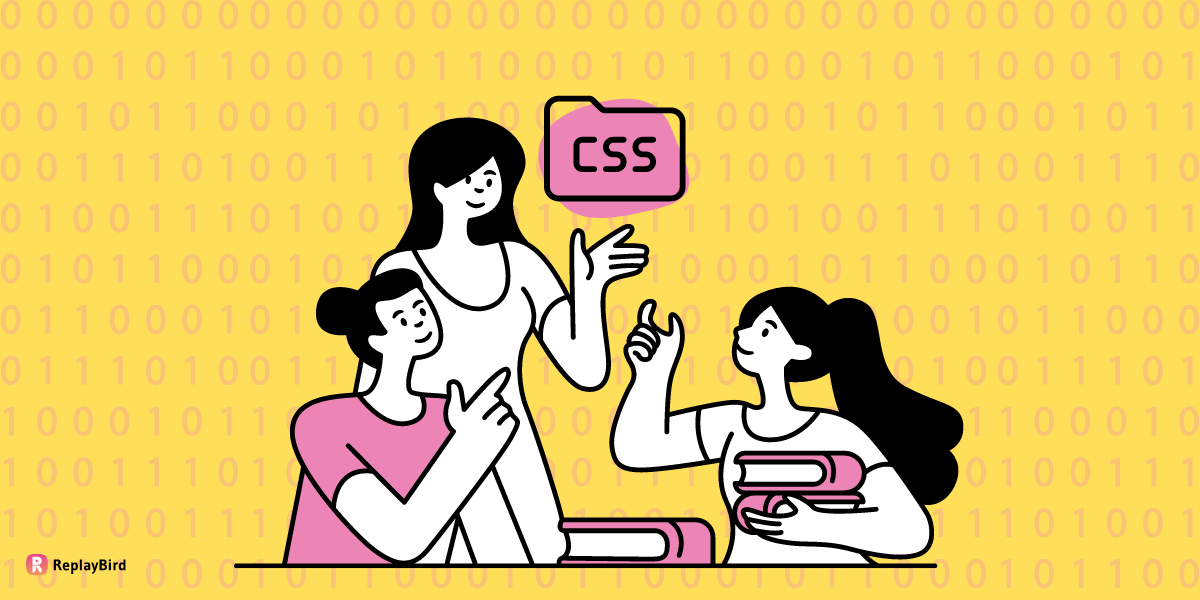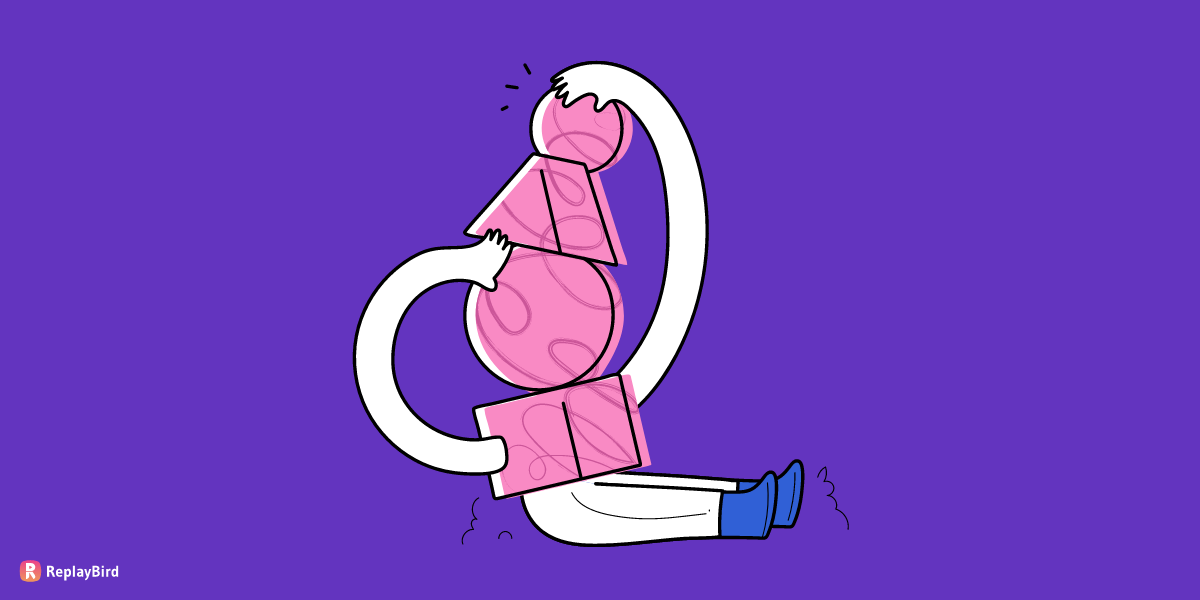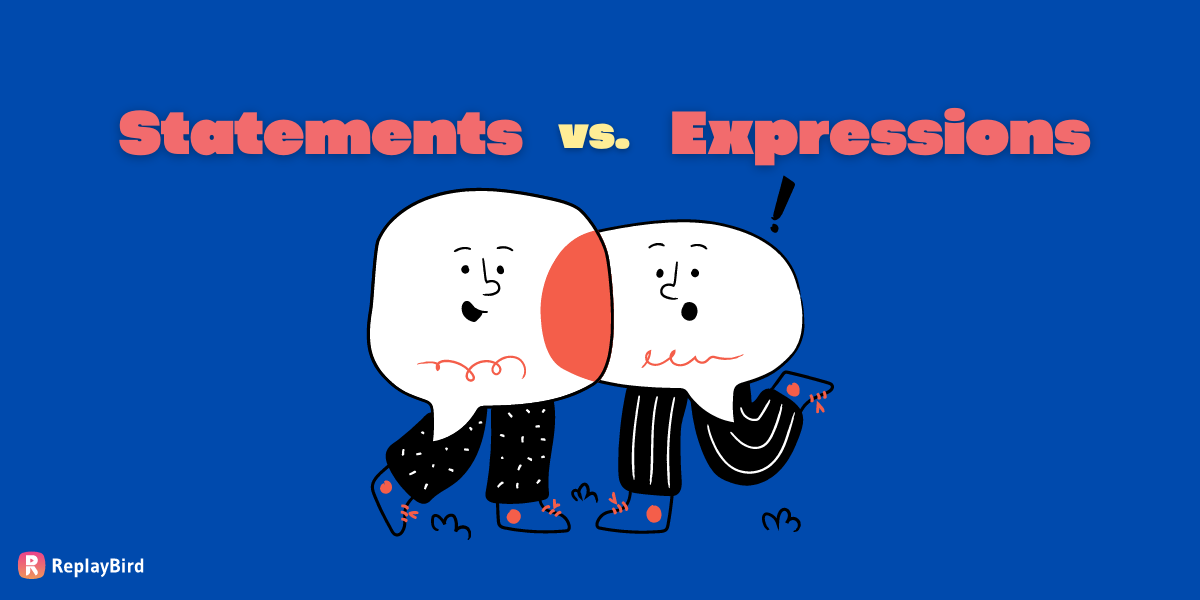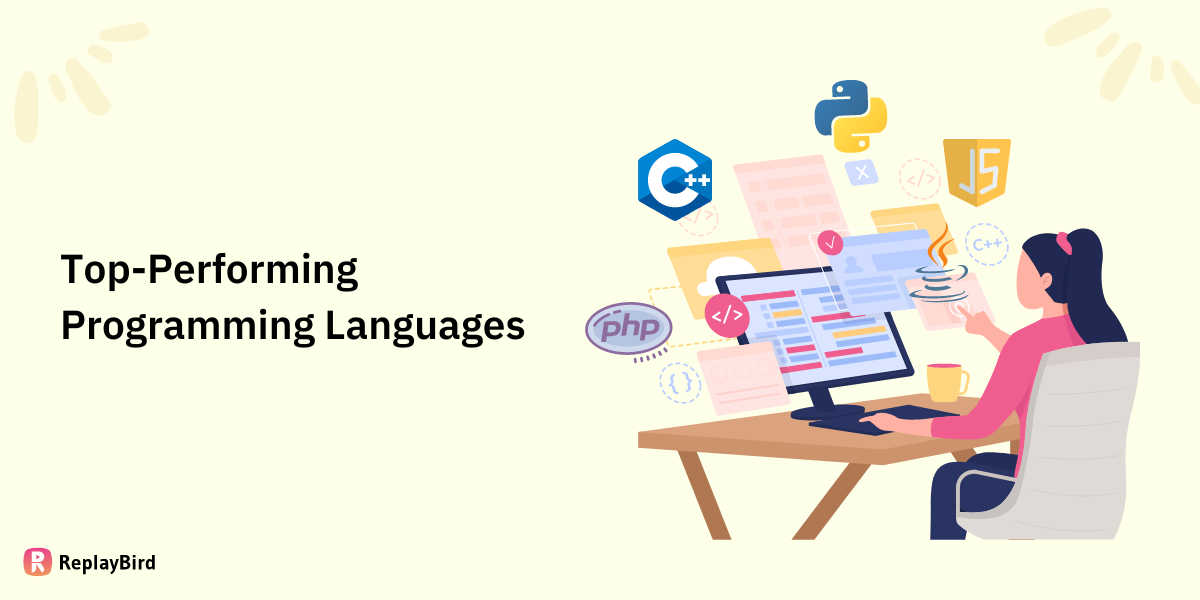The technology landscape is constantly changing and new languages are being added to the already existing humongous stack of about 600-700 odd programming languages worldwide.
Picking just one out of these is definitely not a piece of cake.
Historically, strongly scripted, object-oriented languages have been hot choices for developers every time. But with advancement today, it is interesting to note that they are scourging through all the different languages, looking for more lighter and flexible options that are interoperable on all devices.
However, some languages that are widely used and have a strong track record in terms of performance are likely to continue to be top favorites in 2023 (we are positively assuming) and thus we have discussed them in detail in this article.
It's worth noting that the popularity and suitability of a language may depend on the problem domain and the resources available, one language may be better than another in certain cases, but not in all.
Every time we come up with such articles, there are several resources that we take a look at before compiling these lists. And it is imperative for us to do so because this significantly improves our credence.
- We take data from Github, a large code hosting platform with about 57 million repositories. The GitHub archive dataset updates the top 50 languages on a quarterly basis.
- Next, we take help from the TIOBE programmers community, which produces the list based on inputs from more than 25 search engines. They have selected C++ as the best programming language of the year 2022.
- Google trends - PYPL (Popularity of Programming Language) index considers how often a particular language tutorial is searched on google. It has ranked Python as the first best language followed by Java for the top-performing languages bracket Jan 2023.
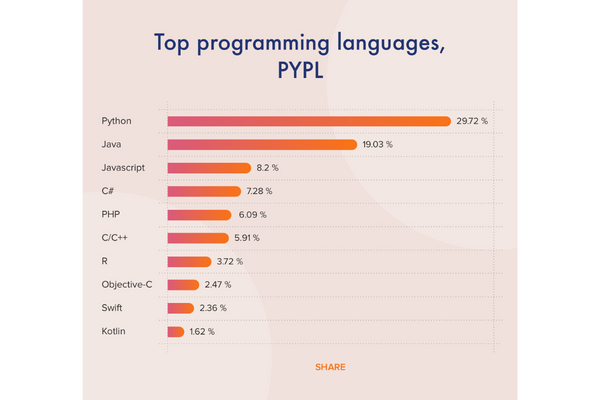
1. Python
Python is a high-level, interpreted programming language that is widely used for a variety of tasks, including web development, scientific computing, data analysis, artificial intelligence, and more.
One of the main advantages of Python is its readability and simplicity, which makes it a great language for beginners.
In recent years, Python's popularity has been rapidly increasing, particularly in the fields of data science, machine learning, and artificial intelligence. This is because Python has many powerful libraries for these fields such as NumPy, Pandas, Matplotlib, TensorFlow, and sci-kit-learn. Python has also been popularized with its web frameworks such as Django and Flask, which have become widely used by web developers.
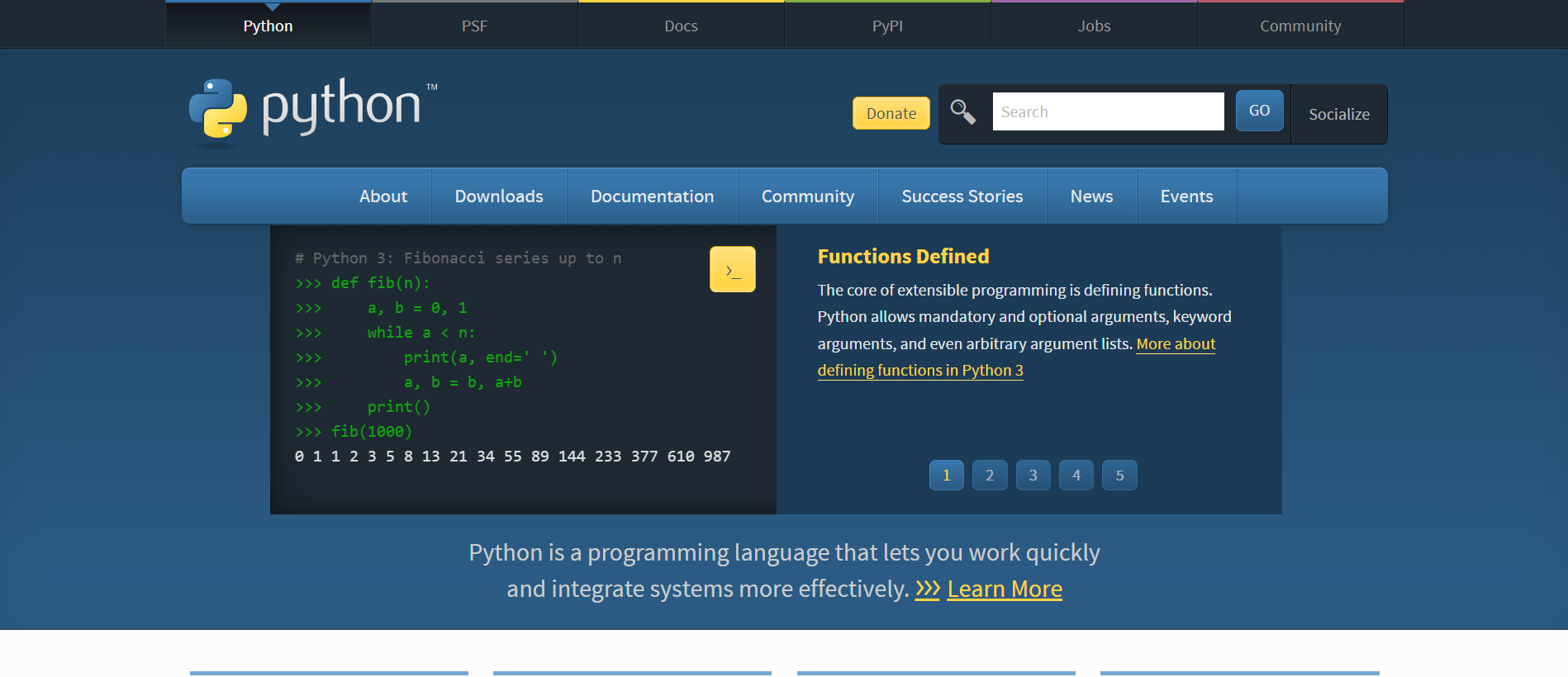
Here are some key features of the Python programming language:
- Easy to learn and use: Python has a simple and consistent syntax, which makes it easy to learn and read. It also has a large and active community, which has led to the development of a wide range of libraries and frameworks that can be used for a variety of tasks.
- Dynamically typed: Python is a dynamically typed programming language, which means that variables can hold different types of values at different times and that the type of a variable is determined at runtime.
- Interpreter-based: Python is an interpreted language, which means that the code is executed line by line rather than being compiled. This allows for more flexibility, but can also make the code slower.
- Object-oriented: Python supports object-oriented programming (OOP), which allows for the creation of reusable code in the form of classes and objects. It also supports other programming paradigms such as functional and procedural.
- Cross-platform: Python is a cross-platform language, which means that it can run on a wide range of operating systems, including Windows, MacOS, and Linux. This makes it a versatile language that can be used for a variety of tasks.
- High-level built-in data structures: Python provides high-level data structures such as lists, dictionaries, and sets, which make it easy to work with data.
- Large Standard Library: Python has a large and powerful standard library that includes modules for various tasks such as connecting to web servers, reading and modifying files, and working with data in different formats like CSV, JSON, etc.
- Third-party libraries and frameworks: Python has a large number of third-party libraries and frameworks for various tasks, such as NumPy and Pandas for scientific computing and data analysis, matplotlib for data visualization, TensorFlow and PyTorch for machine learning, Django and Flask for web development, among others.
- Support for multiple programming paradigms: Python supports multiple programming paradigms including functional, imperative, and object-oriented, which provides flexibility to the developers.
- Improved performance with Cython and Jython: Python's performance can be improved by using Cython and Jython, which are versions of Python that can be compiled into machine code.
- Continuously evolving: Python is a continuously evolving language, and new features are constantly added to the language, such as Python3, which has improved support for Unicode, improved error handling, and an updated standard library.
Look into this article to get started with the best frameworks for Python.
2. Java

Java is a popular, general-purpose programming language that is class-based, object-oriented, and designed to have as few implementation dependencies as possible. It was developed by James Gosling at Sun Microsystems (now owned by Oracle) in the early 1990s.
One of the key features of Java is that it is designed to be platform-independent, which means that code written in Java can run on any platform (such as Windows, MacOS, or Linux) without modification. This is achieved through the use of the Java Virtual Machine (JVM), which is a software implementation of a computer that interprets compiled Java code.
Another important feature of Java is its support for object-oriented programming, which allows for the creation of reusable code in the form of classes and objects. Java also provides built-in support for threads (lightweight processes) which makes it well suited for concurrent and parallel programming.
Java is widely used for a variety of tasks, including web development (with frameworks such as Spring and Hibernate), enterprise application development (with frameworks such as JavaEE), and android mobile application development. Java also has a strong ecosystem of libraries and frameworks, such as the Apache collection, which further extends its functionality.
Java is also a mature language, with a large and active community, which has led to the development of a wide range of libraries and frameworks that can be used for a variety of tasks, and a large set of tools for development and debugging.
In recent years, Java has evolved to include new features such as lambdas (function expressions) and the Java module system, which improves the maintainability and scalability of the code, among other features.
Overall, Java is a powerful, mature, and versatile programming language that is well suited for a wide range of tasks, it has a large developer community, and is supported by a wide range of tools and libraries, which makes it a good choice for both beginners and experienced programmers.
If you already have a Java installed system, then Optimize your Java application performance by monitoring JVM metrics.
3. JavaScript
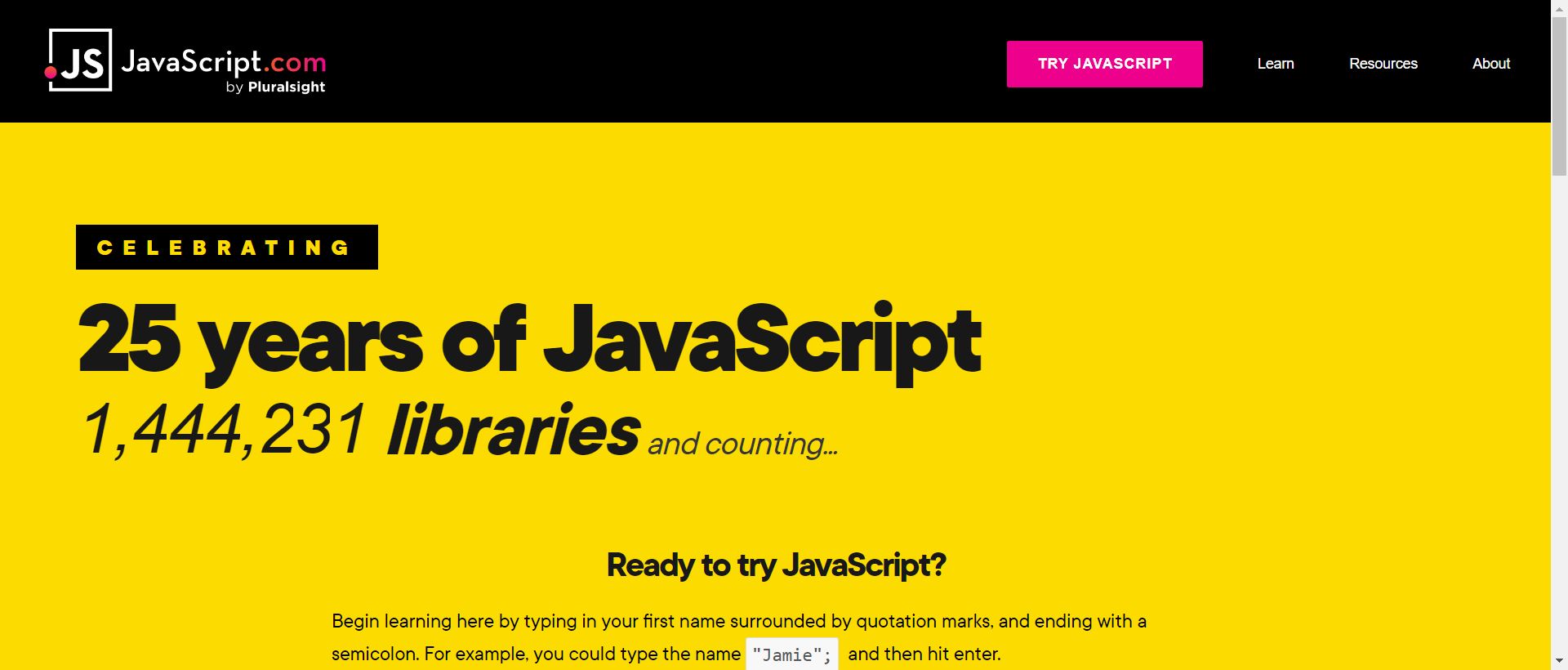
JavaScript is another popular, high-level programming language that is primarily used to create interactive front-end web applications. It was developed by Brendan Eich in the mid-1990s and is currently maintained by ECMAScript.
More than 12 million programmers worldwide use java for their server-side scripting. It is a platform-independent language.i.e., JVM recognizes the platform it is on and converts bytecodes into native machine language on its own.
Here are some key points about JavaScript:
- Dynamic: JavaScript is a dynamic programming language, which means that variables can hold different types of values at different times and that functions can be defined and invoked on the fly.
- Interpreter-based: JavaScript is an interpreted language, which means that the code is executed line by line rather than being compiled. This allows for more flexibility, but can also make the code slower.
- Asynchronous: JavaScript is single-threaded but allows for asynchronous operations, allowing multiple tasks to be executed in the background without blocking the execution of the main program. This is done using callbacks, promises, and the newer async/await syntax
- Versatile: JavaScript can be used to create dynamic and interactive web applications, which can run on any browser, and also can be used on the server-side using technologies like Node.js
- Object-oriented: JavaScript supports object-oriented programming (OOP) through the use of objects and prototypes, allowing for the creation of reusable code in the form of classes and objects.
- Large Ecosystem: JavaScript has a large number of libraries and frameworks, such as Angular, React, Vue.js, express, etc. that can be used to build web applications, from front-end to back-end, and also to automate tasks, and improve developer productivity.
- Constantly evolving: JavaScript is a language that is evolving constantly, new features are constantly added to the language, such as ES6/2015, ES7/2016, ES8/2017, ES9/2018, ES10/2019, and so on, which can make it challenging to stay up-to-date with the language's latest capabilities
Overall, JavaScript is a powerful, versatile, and widely-used programming language that is essential for building interactive web applications, due to its large and active community, it is constantly evolving to add new features and improve the developer experience.
You might want to look at the top 15 javascript chart libraries as well!
4. C & C++
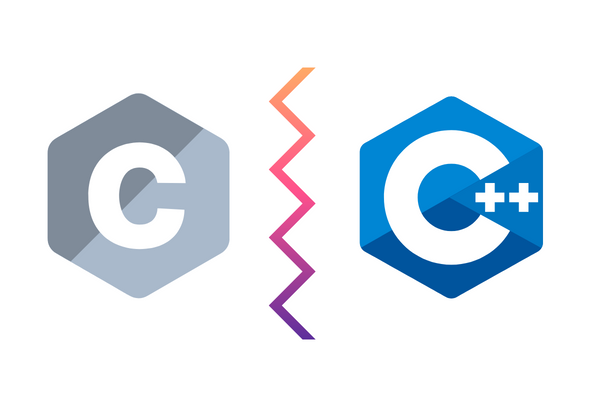
C and C++ are both general-purpose, high-performance programming languages. They are both considered "low-level" languages and are often used in systems programming and other performance-critical applications.
C is a procedural programming language that was developed by Dennis Ritchie in the 1970s at Bell Labs. It is a relatively small and simple language, with a minimal set of built-in data types and a focus on providing direct control over the computer's memory. It is often used for systems programming, embedded systems, and other applications that require a high degree of control over the hardware.
C++ is an extension of the C programming language and was developed by Bjarne Stroustrup in the early 1980s at Bell Labs. It adds object-oriented programming (OOP) features such as classes, objects, and inheritance to the C language. C++ also includes a wider range of data types and features for managing memory and provides a more abstract view of the computer's memory.
C++ is widely used for system programming, game development, desktop, and mobile application, large-scale software development, and also for some performance-critical scientific computing tasks.
Both C and C++ are widely used and have large and active communities, which have led to the development of a wide range of libraries and frameworks that can be used for a variety of tasks. However, C++ has a wider range of libraries and frameworks, as it's an extension of C, and has more modern features.
Some of the main similarities between C and C++ are:
- Both are simple easy-to-understand languages
- C-styled syntax
- Provide direct control over memory
- Support the same basic data types
- Can interface with assembly code
The main differences between C and C++ are that C++ adds OOP features, templates, and the Standard Template Library (STL) which provides many common data structures, and has more advanced features such as exception handling, and a more elaborate type system. C++ also allows for more abstract data types, better code organization, and more robust type safety.
In summary, C and C++ are both powerful, high-performance programming languages that are widely used for a variety of tasks, C is known for its simplicity, and direct memory manipulation, while C++ has a more modern feature set, and is used for OOP and more complex tasks.
5. PHP

PHP (Hypertext Preprocessor) is an open-source, server-side programming language that is widely used for web development. It was developed in the mid-1990s by Rasmus Lerdorf and is now maintained by the PHP Group.
PHP is often used in combination with the Apache web server and a MySQL database to create dynamic web pages, which can interact with databases and generate HTML, CSS, and JavaScript on the fly. PHP code is executed on the server and the resulting output (often HTML) is sent to the client's web browser.
One of the main advantages of PHP is its ease of use and its large and active community, which has led to the development of a wide range of libraries and frameworks that can be used for a variety of tasks.
PHP also has built-in support for working with forms, cookies, and sessions, which makes it well suited for developing web applications that involve user input and state management.
PHP also supports various web development frameworks, such as Laravel, CodeIgniter, and Symphony, these frameworks provide a structure for web application development and add functionality for common tasks, and improve developer productivity.
PHP supports Object Oriented Programming (OOP) and has a new version of PHP (PHP7) which is more performant and has new features such as scalar type hinting, return type hinting, and also improved performance overall.
It's worth noting that PHP is not only limited to web development, it can also be used for command-line scripting, desktop applications, and mobile development using frameworks like PhoneGap and Cordova.
Overall, PHP is a powerful, versatile, and widely-used programming language that is essential for web development, it has a large developer community, and is supported by a wide range of libraries and frameworks, it's suitable for small and large web projects and it's easy to learn making it a good choice for beginners and experienced programmers.
Check out your PHP 8 compatibility and analyze its performance here.
Conclusion
At a time when technology is fast progressing and coding has crept into elementary schools, predicting just one top language is almost impractical. Also, each new language is coming up with premium features. Hanging onto just one language might even put you at odds in the future.
You might already be familiar with some of these or you may be working using one at present as well, but as they say, it never hurts to know of the other options! We have discussed the following highly in-demand languages here:
It's also worth noticing that popularity is not necessarily an indicator of suitability for a particular task, rather you should consider the problem domain and community support, among other factors.
ReplayBird - Driving Revenue and Growth through Actionable Product Insights
ReplayBird is a digital experience analytics platform that offers a comprehensive real-time insights which goes beyond the limitations of traditional web analytics with features such as product analytics, session replay, error analysis, funnel, and path analysis.
With Replaybird, you can capture a complete picture of user behavior, understand their pain points, and improve the overall end-user experience. Session replay feature allows you to watch user sessions in real-time, so you can understand their actions, identify issues and quickly take corrective actions. Error analysis feature helps you identify and resolve javascript errors as they occur, minimizing the negative impact on user experience.
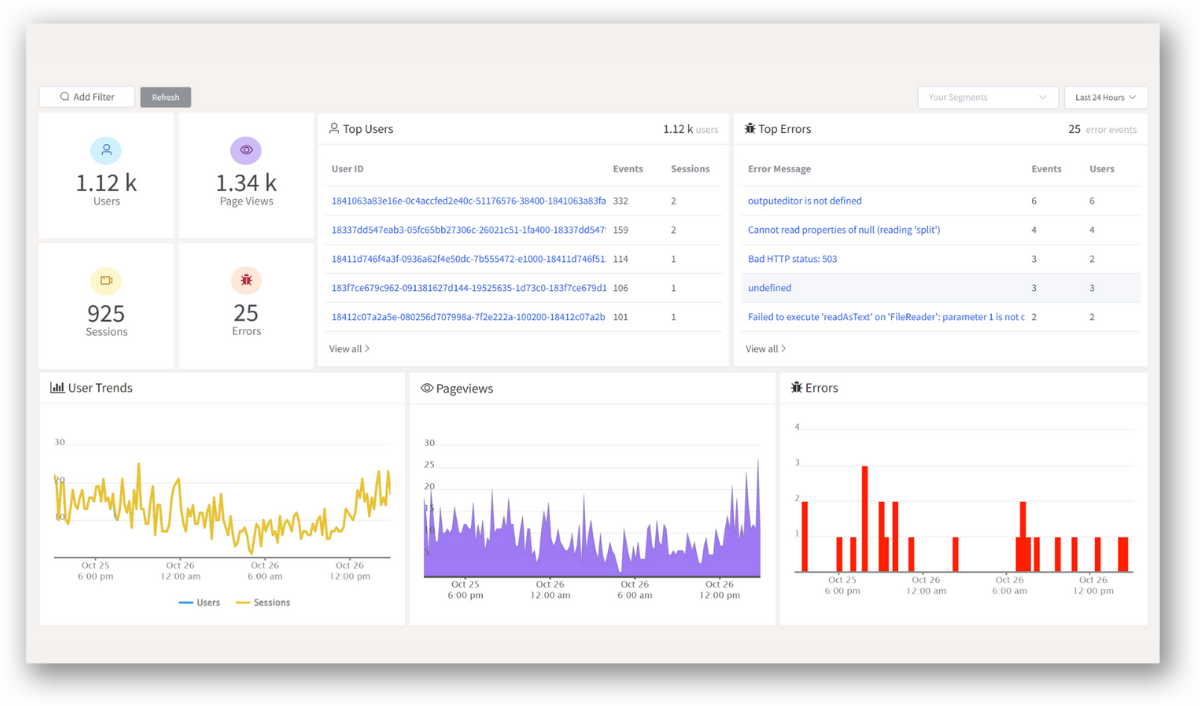
With product analytics feature, you can get deeper insights into how users are interacting with your product and identify opportunities to improve. Drive understanding, action, and trust, leading to improved customer experiences and driving business revenue growth.
Try ReplayBird 14-days free trial
